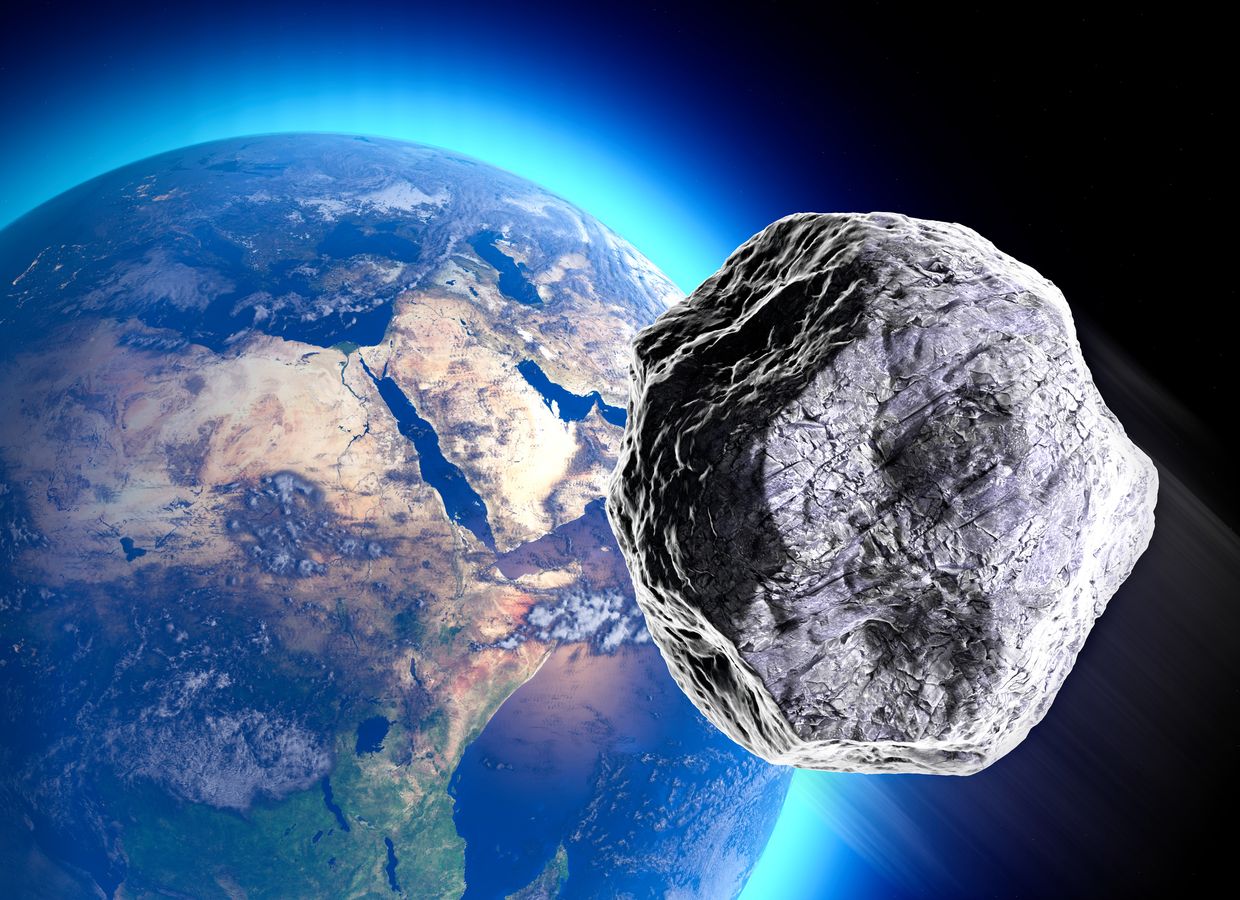
‘Double asteroid alert’: NASA reports two giant space rocks to pass close to Earth today
Produced by: Tarun Mishra Designed by: Manoj Kumar


Double Asteroid Flyby
NASA has issued a warning regarding two large asteroids, 2024 OE and 2024 OO, set to make a close flyby of Earth on August 1.

Asteroid Sizes and Comparison
The two asteroids are approximately 190 feet and 88 feet in diameter, respectively. This size is comparable to that of a commercial airplane.

Safe Distances from Earth
The larger asteroid, 2024 OE, is expected to pass Earth at a distance of about 1.26 million miles. The smaller asteroid, 2024 OO, will come within 925,000 miles of Earth.

No Immediate Threat
According to NASA’s Jet Propulsion Laboratory, the asteroids do not pose an immediate threat to Earth and are projected to pass by without incident.

Significance of Flybys
These close flybys provide valuable opportunities for scientists to study the dynamic nature of the solar system and the behaviour of near-Earth objects (NEOs).

NASA’s Monitoring Network
NASA, in collaboration with other space agencies, uses a network of telescopes and advanced computing systems to track NEOs and assess potential impact risks.

Criteria for Hazardous Asteroids
NEOs larger than 460 feet in diameter and those that come within 7.5 million kilometres of Earth are classified as potentially hazardous and are monitored more closely.

Data Sources and Future Missions
The Minor Planet Centre provides data on asteroid orbits, while NASA-funded observatories like Pan-STARRS and NEOWISE contribute additional information. Future observations will be supported by the NEO Surveyor mission.

Meteorite Impact Statistics
NASA notes that smaller meteorites, roughly the size of a car, approach Earth annually. Larger objects, comparable to football fields, cross Earth’s path approximately every 2,000 years.